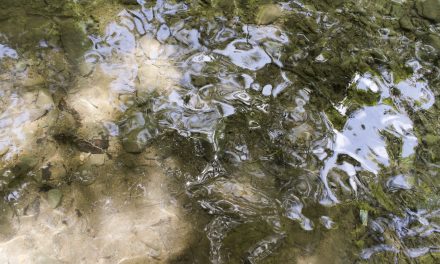On April 11, as part of Water Week 2014, the Water Environment Federation and the Northeast Midwest Institute hosted a briefing by the U.S. Geological Survey National Water-Quality Assessment Program (NAWQA) on Capitol Hill. The briefing focused on findings and trends in nutrients and pesticides in U.S. streams and rivers. Speakers primarily discussed the Mississippi River Basin, which covers about 40% of the nation and represents a wide range of important climatic, agricultural, and urban influences.
As Congress debates federal activities and funding for water-quality protection and restoration efforts, it is critical to look at water-quality data. Based on NAWQA monitoring, nitrate loadings from the Mississippi River to the Gulf of Mexico increased 14% from 1980 to 2010, despite extensive efforts to improve and expand the use of urban and agricultural best management practices during the period. Industrial fertilizers make up the biggest source of nitrates in the basin followed by animal manure, urban areas, wastewater treatment, and other sources. The explosion in nutrients in the Mississippi River Basin followed the Green Revolution. According to hearing speaker Lori Sprague with NAWQA, crops take up only about 16% of nitrate in the fertilizer applied. The rest soaks into the soil or runs off into nearby waterways.
However, progress is being made with the rise of precision agriculture, applying smaller more targeted applications of chemicals, and other conservation practices. Over the last four years, the Natural Resources Conservation Service (NRCS) has devoted $341 million to 640 small priority watersheds in the Mississippi River Basin. With financial and technical assistance from NRCS, farmers have built conservation practices on 356,127 ha (880,000 ac) as part of the initiative. Further, new tools are available to help farmers determine how outcomes in the field reflect on water quality. In mid-April, the nonprofit Field to Market – The Alliance for Sustainable Agriculture added a water quality component to its Fieldprint Calculator. The metric is based on the NRCS Water Quality Index for Agricultural Runoff, which allows producers to input land information and get a 10-point rating related to water quality impacts. Read more about the Fieldprint Calculator
There often is a lag time between actions and water quality results because of the slow movement of groundwater, so the progress made to date may not yet be fully reflected in the data. This fact and the need for further improvements only serves to emphasize the importance of continued monitoring to inform and guide actions and decisions.




